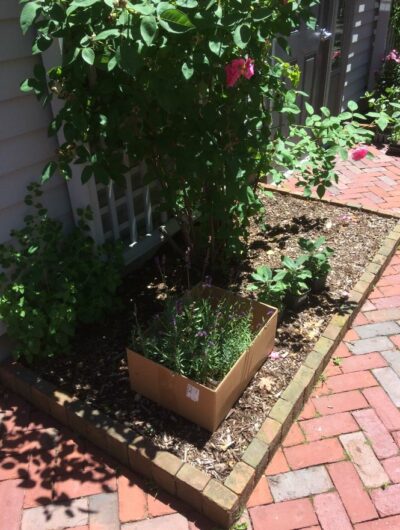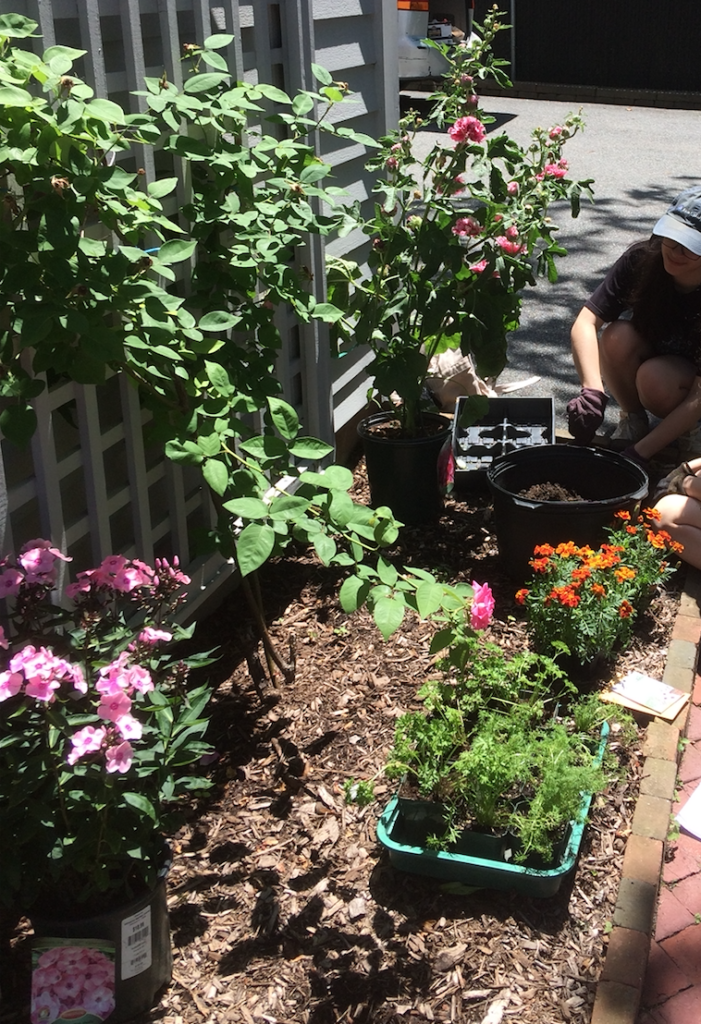This garden was created by Lauren Fischer for her Girl Scout Gold Award project in the Summer of 2019.
Historical gardens:
In the 1800s, many homes had several gardens, each which served a different purpose:
Kitchen gardens were used for the house’s cooking, and were usually kept near the kitchen. By growing their own vegetables and herbs at home, people had easier access to a wide range of food, such as mint and parsley. Intended for a similar purpose, medicinal gardens included herbs that were able to treat a wide variety of ailments. For instance, feverfew could treat headaches and fever, and marigolds could be made into a poultice to help prevent infections. Ornamental gardens were designed to look beautiful, just as they are today. Some of the flowers planted were different, however. Two of these included in the Greeley House garden are phlox and hollyhock; in the mid 1800s, hollyhock was considered somewhat oldfashioned, and would have been planted in what was known as a “grandmother’s garden”.
At the Greeley House, several beds have been planted to reflect what gardens of the 1800s looked like and what plants they included, though these beds are not grouped by purpose. Plants include lavender, yarrow, sunflowers, horehound, dill, and others, along with the plants listed above.





